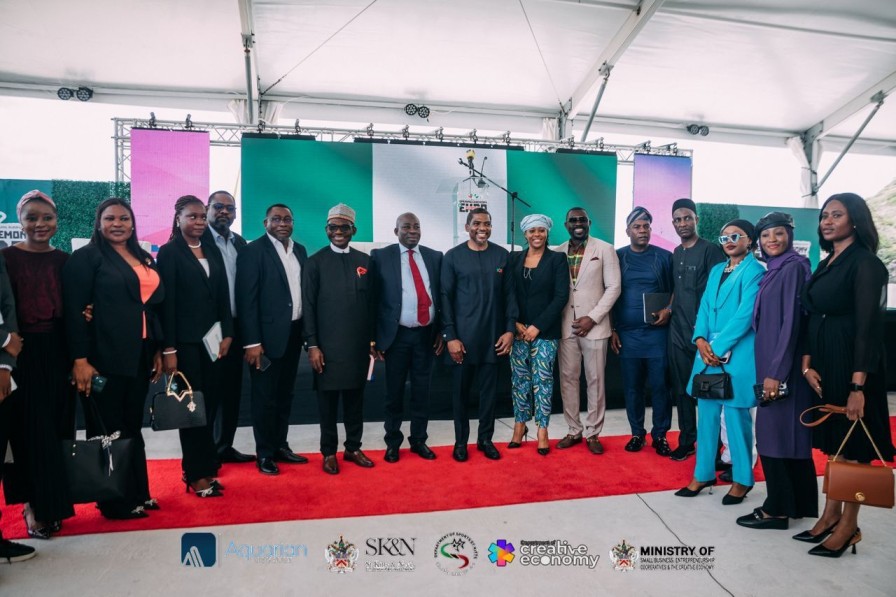PROTECT YOUR DNA WITH QUANTUM TECHNOLOGY
Orgo-Life the new way to the future Advertising by AdpathwayFor years, Brazil and India have spoken about building a strong economic partnership. Both countries are among the world’s largest economies, and they often highlight their shared interests at international forums, especially within the BRICS group.
Despite frequent statements about cooperation and mutual goals at BRICS summits, the numbers tell a different story. In 2024, Brazil exported about $5.26 billion to India, mostly crude oil, sugar, and soy oil.
India exported $6.44 billion to Brazil, focusing on chemicals, pharmaceuticals, and petroleum products. These figures are small compared to their trade with other partners and their overall economic size.
Several factors explain the gap between rhetoric and results. Both countries maintain high tariffs and many non-tariff barriers. Brazil’s average import tariff was 13.4% in 2019, while India’s stood at 10.2%.
These rates are higher than the global average, making many goods expensive or uncompetitive. The 2004 trade deal between India and the Mercosur bloc covers only a few hundred products out of thousands, and efforts to expand it have stalled for years.
 Brazil and India: Why Trade Stays Small Despite Big Promises and BRICS Brotherhood. (Photo Internet reproduction)
Brazil and India: Why Trade Stays Small Despite Big Promises and BRICS Brotherhood. (Photo Internet reproduction)Political interests in both countries often favor protecting local industries, which slows progress on opening markets. Geography adds another hurdle. Brazil and India are far apart, which means higher shipping costs and longer delivery times.
This makes it easier for both to trade with closer partners. Their economies also have similar strengths—both are big in agriculture and basic industries—so they often compete rather than complement each other.
Defense deals highlight the limits of the relationship. Recently, Brazil chose to buy advanced air defense missiles from Italy, not India. The Brazilian military found Indian systems like the Akash missile less advanced than European options.
Italy’s EMADS system, with the CAMM missile, met Brazil’s needs for range and technology. This decision shows that, despite friendly words, Brazil still looks to Europe for high-tech military equipment when it matters most.
There is skepticism about whether the frequent announcements of new business councils and trade opportunities will lead to real change. The trade balance remains concentrated in a few products, and both sides have been slow to diversify.
Even as leaders meet and sign agreements, the underlying barriers remain. While BRICS provides Brazil and India with a platform to voice shared concerns and ambitions, it has not yet translated into significant growth in their bilateral trade.
In the end, the reality is that Brazil and India’s economic partnership is still more promise than practice. High tariffs, limited trade deals, distance, and a lack of complementary industries keep trade small.
Defense choices reinforce that, when it comes to big decisions, business follows practical needs, not just diplomatic talk. For now, the story is one of potential still waiting to be realized.


 3 days ago
6
3 days ago
6










 English (US) ·
English (US) ·  French (CA) ·
French (CA) ·  French (FR) ·
French (FR) ·